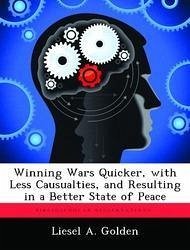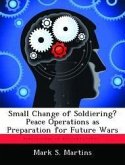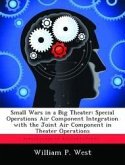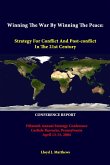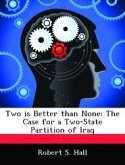This paper examines possible force structure changes that will enable Americans to win wars quicker, with fewer casualties and resulting in a better state of peace. To do this we used the technology and air power theory decision model conceived by Mr. Matt Caffrey and developed by Major Kenneth J. Moran in ACSC Project 97-03. The model looks at issues through the lens of four factors: internal, external, history, and the future. The internal factors include budget and force structure of the US military forces as outlined in the Bottom Up Review (BUR) and Quadrennial Defense Review (QDR) and several defense reviews. External factors discuss the exponential increase in the number of international airports that can be adapted for military use. Next, we review the historical contributions of AF engineers and their capability to transform international airports into operational air bases. Future defense environmental factors include the US' stated preference for coalition warfare. Additionally, we analyze the costs and capabilities of land-based and carrier-based air power and their contributions to halting two major theater wars using two different force structures. Considering these factors, we suggest reducing the number of carrier battle groups from 12 to 9 and increasing the number of tactical fighter wings from 20 to 26. This research proves that land-based airpower brings twice as many aircraft, four times the sortie rate and three times the firepower to bear on the enemy compared to carrier-based airpower. These additional offensive sorties lead to a 20 percent faster halt of the adversary.
Hinweis: Dieser Artikel kann nur an eine deutsche Lieferadresse ausgeliefert werden.
Hinweis: Dieser Artikel kann nur an eine deutsche Lieferadresse ausgeliefert werden.

